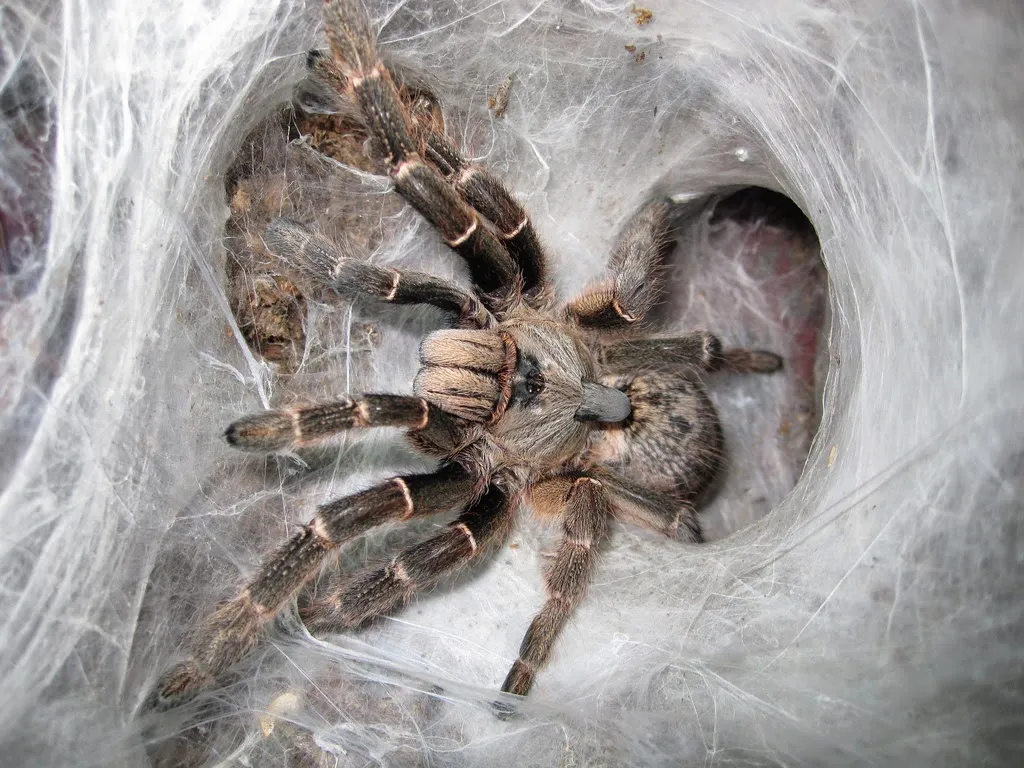Understanding Tarantula Care Basics
Caring for a tarantula can be a rewarding experience, but it requires understanding their specific needs to ensure they thrive. Tarantulas are relatively low-maintenance pets compared to mammals, but they still demand attention to their habitat, diet, and overall well-being. This guide provides comprehensive information on all aspects of tarantula care, from setting up their enclosure to recognizing signs of illness. By following these guidelines, you can provide a safe, comfortable, and enriching environment for your tarantula, allowing it to live a long and healthy life. The key to success lies in understanding their natural behaviors and adapting your care routine accordingly.
Choosing the Right Tarantula Species
Not all tarantulas are created equal, and some species are better suited for beginners than others. When choosing a tarantula, research the species’ temperament, size, and care requirements. Consider the availability of the species in your area, as some are more difficult to find. Some beginner-friendly species include the Chilean Rose Hair (Grammostola rosea), the Mexican Red Knee (Brachypelma hamorii), and the Curly Hair Tarantula (Tliltocatl albopilosus). These species are generally docile, slow-moving, and relatively easy to care for. Avoid species known for being more defensive or requiring more specialized care, especially if you’re new to tarantula ownership.
Consider Your Lifestyle
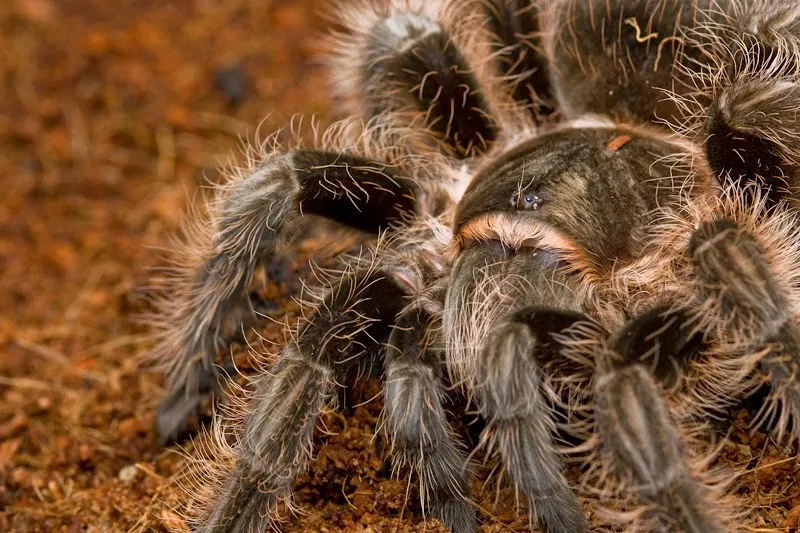
Your lifestyle is an important factor when choosing a tarantula. Consider how much time you can dedicate to their care each week. Tarantulas don’t need daily attention, but they do require regular feeding, water changes, and occasional enclosure cleaning. Also, think about your living situation. Do you have children or other pets? Tarantulas should be kept in a secure enclosure to prevent escapes and to protect them from potential harm. Finally, evaluate your budget. While tarantulas themselves aren’t always expensive, setting up their habitat and providing for their needs does incur costs. Some species are more expensive than others, so factor that into your decision.
Habitat Setup Essentials
Creating the right habitat is crucial for your tarantula’s health and happiness. The enclosure should mimic their natural environment as closely as possible. This section covers the essential aspects of setting up a proper tarantula habitat, from the enclosure itself to the substrate, decoration, and the maintenance of temperature and humidity levels. A well-designed habitat will not only provide a comfortable living space for your tarantula but also contribute to your enjoyment of this fascinating pet.
Selecting the Right Enclosure
The size of the enclosure depends on the size of your tarantula. A general rule of thumb is to provide an enclosure that is at least twice the tarantula’s leg span in width and length. For arboreal species (those that live in trees), height is more important than floor space. Ensure the enclosure has a secure lid to prevent escapes. Avoid enclosures with large ventilation holes, as tarantulas can sometimes squeeze through surprisingly small spaces. Glass or clear plastic enclosures are ideal, as they allow you to observe your tarantula easily. Ensure the enclosure material is not toxic or harmful to your tarantula.
Substrate and Decoration

The substrate is the bedding material in your tarantula’s enclosure. It provides a comfortable surface for your tarantula to walk on, helps to maintain humidity, and allows the tarantula to burrow. Popular substrate choices include coconut fiber, peat moss, and vermiculite. Avoid using materials like sand or gravel, which can be harmful. Provide a layer of substrate that is deep enough for your tarantula to burrow if it’s a burrowing species. Decorations such as cork bark, branches, and artificial plants can provide hiding places and enrich the environment. Make sure all decorations are securely placed and non-toxic.
Maintaining Optimal Humidity and Temperature
Maintaining the correct humidity and temperature levels is vital for your tarantula’s health. Most tarantulas thrive in temperatures between 75-85°F (24-29°C). Use a thermometer to monitor the temperature in the enclosure. Humidity requirements vary depending on the species; some require high humidity, while others prefer drier conditions. Use a hygrometer to measure humidity levels. You can increase humidity by misting the enclosure with water, providing a water dish, and using a substrate that retains moisture. Ensure good ventilation to prevent mold growth. Avoid placing the enclosure in direct sunlight or near heat sources.
Feeding Your Tarantula
Feeding your tarantula is a straightforward process, but it’s important to do it correctly to ensure your pet stays healthy. Tarantulas are carnivores, and they primarily feed on insects. This section covers what to feed your tarantula, how often to feed it, and the appropriate portion sizes. Also, we’ll discuss providing fresh water, which is just as important as food.
What to Feed Tarantulas

The primary food source for tarantulas is insects. Suitable feeder insects include crickets, mealworms, roaches, and superworms. The size of the feeder insects should be appropriate for the size of your tarantula. Generally, the prey should be no larger than the tarantula’s abdomen. Avoid feeding your tarantula insects that have been exposed to pesticides or other chemicals. Gut-load the feeder insects before offering them to your tarantula by feeding them nutritious foods like vegetables and commercial insect food, which enhances their nutritional value.
Feeding Frequency and Portion Size
The feeding frequency depends on the age and size of your tarantula. Spiderlings (young tarantulas) need to be fed more frequently, often several times a week. Adult tarantulas can be fed less frequently, perhaps once or twice a week. Observe your tarantula’s abdomen; if it’s plump, it’s well-fed. If the abdomen appears shrunken, it may need more food. Remove any uneaten insects within 24 hours to prevent them from stressing your tarantula. Overfeeding can lead to obesity, while underfeeding can stunt growth and weaken your tarantula.
Watering Your Tarantula
Providing fresh water is crucial for your tarantula’s health. Always provide a shallow water dish with fresh, clean water. The water dish should be small enough to prevent drowning, especially for spiderlings. Change the water in the dish regularly, at least once a week, to prevent bacteria growth. Some tarantulas, especially those that prefer high humidity, may not drink from a water dish but will get their hydration from the moisture in the substrate and from misting. However, a water dish is still a necessary component for most species.
Handling and Safety Precautions
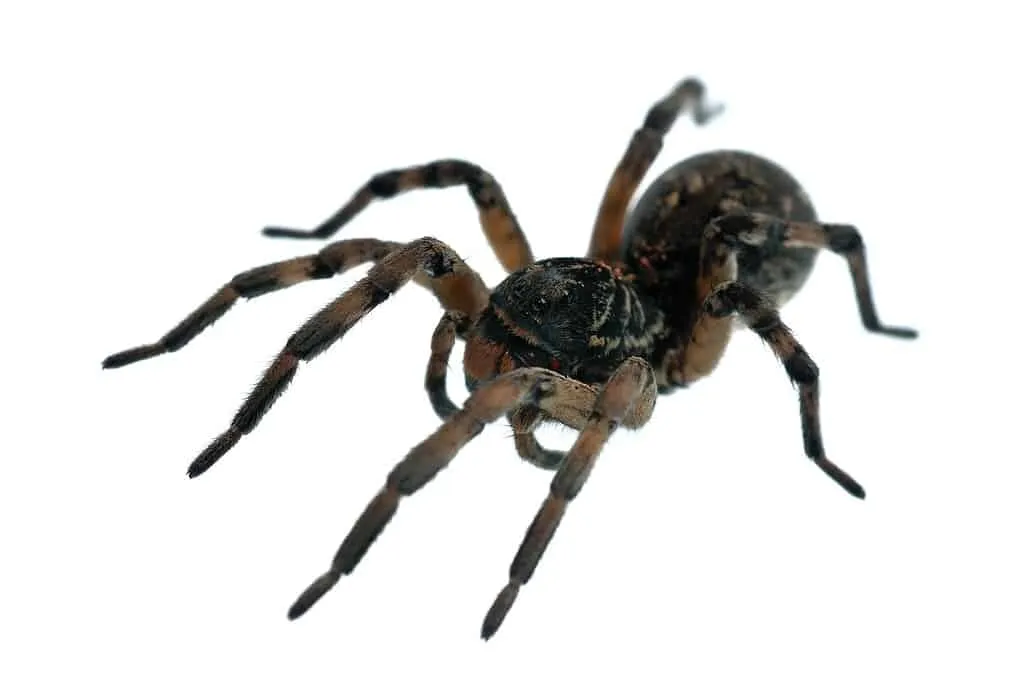
While some tarantulas are docile and can be handled, it is essential to approach handling with caution. Tarantulas have fangs and can bite, and some species have urticating hairs that can cause skin irritation. This section explains how to handle a tarantula safely, recognize signs of stress, and what to do if a bite or irritation occurs.
When and How to Handle Your Tarantula
Handling a tarantula is not essential for its well-being. If you choose to handle your tarantula, do so with extreme care and only when necessary, such as for enclosure cleaning or health checks. Wash your hands thoroughly before handling. Approach the tarantula slowly and gently. Never drop or squeeze the tarantula. If the tarantula seems agitated or is displaying defensive postures, such as raising its front legs or flicking hairs, do not attempt to handle it. Always supervise children when they are near the enclosure, and teach them to respect the animal.
Recognizing Signs of Stress
It’s important to recognize signs of stress in your tarantula. If a tarantula is stressed, it may exhibit defensive behaviors, such as rearing up, raising its front legs, or flicking urticating hairs. Some tarantulas may run away or hide. Avoid handling a stressed tarantula. Other signs of stress include loss of appetite, lethargy, and abnormal behavior. If you observe any of these signs, review the enclosure conditions and ensure they are appropriate for the species. Provide plenty of hiding places to help the tarantula feel secure.
Common Tarantula Health Issues
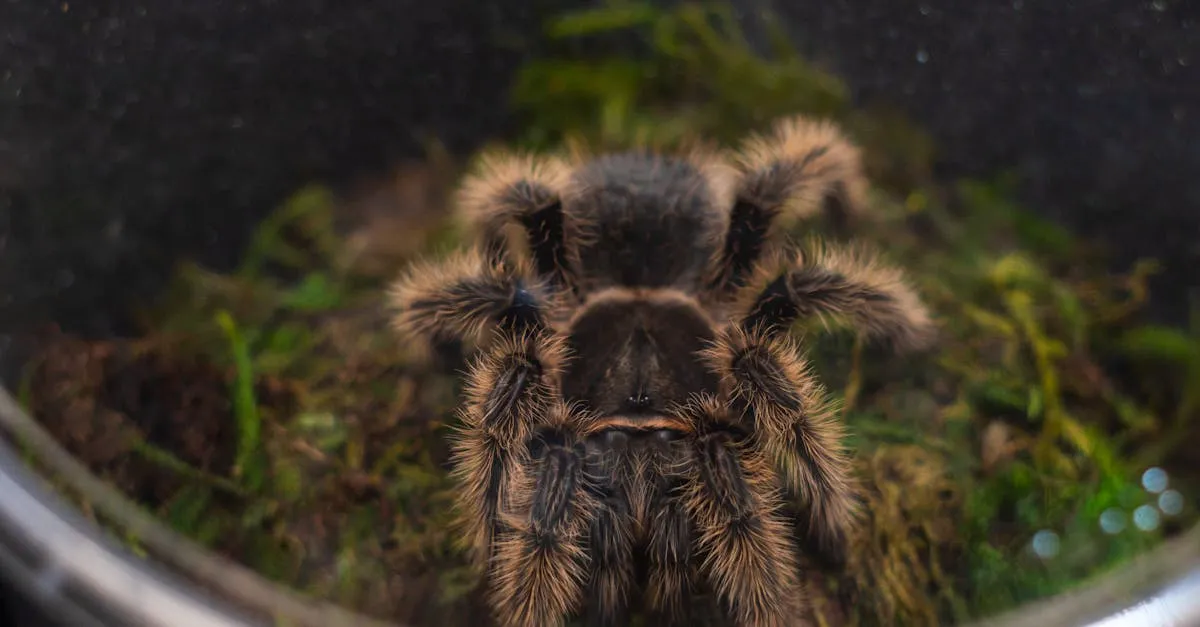
Tarantulas are generally hardy creatures, but they can still experience health problems. Knowing about common health issues and how to address them is crucial for responsible tarantula ownership. The main issues include problems related to molting, parasites and diseases. This section covers some of the most common issues you might encounter and how to deal with them, as well as preventive measures that can be taken to avoid health issues altogether.
Molting and What to Expect
Molting is a natural process where tarantulas shed their exoskeleton to grow. During molting, the tarantula will usually stop eating and may spend a lot of time lying on its back. Provide a humid environment to help with the molting process. Do not disturb the tarantula during molting. After molting, the tarantula’s new exoskeleton will be soft. Do not feed the tarantula until its fangs have hardened, which can take a few days. The molt can provide valuable information about the health of your tarantula; check the discarded exoskeleton for any abnormalities.
Dealing with Parasites and Diseases
While tarantulas are relatively resistant to disease, they can be susceptible to parasites like mites and nematodes. Mites can be introduced through contaminated substrate or feeder insects. Preventative measures include quarantining new arrivals, using clean substrate, and maintaining a clean enclosure. If you suspect a parasite infestation, isolate the affected tarantula and consult with a veterinarian or experienced tarantula keeper. Diseases are rare in tarantulas, but poor husbandry can weaken their immune systems. Maintaining optimal enclosure conditions and providing a balanced diet can prevent most health issues.
Enrichment and Mental Stimulation
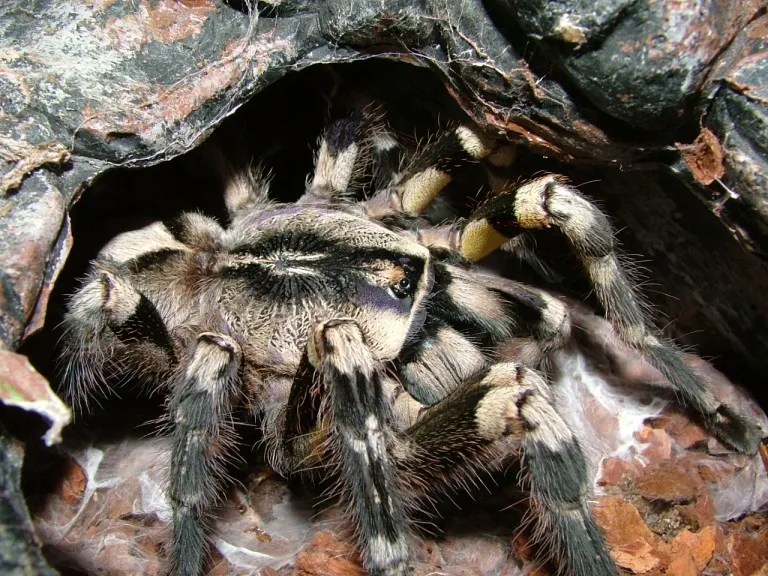
Enrichment is crucial for the well-being of any pet, and tarantulas are no exception. Providing opportunities for mental stimulation can prevent boredom and improve their overall quality of life. This section details the benefits of enrichment and how to provide it, contributing to the long-term health and happiness of your pet.
Providing a Stimulating Environment
While tarantulas don’t require extensive enrichment, providing a stimulating environment is beneficial. This can include adding varied substrate levels, providing hides like cork bark or artificial plants, and occasionally rearranging the décor. Avoid making drastic changes to the enclosure, as this can stress the tarantula. Varying the prey items and providing different feeding locations can also add enrichment. Always observe the tarantula’s behavior and adjust enrichment activities accordingly.
Benefits of Enrichment
Enrichment can prevent boredom and reduce stress in tarantulas. A stimulating environment can encourage natural behaviors and improve the tarantula’s overall well-being. By providing enrichment, you are helping to make your tarantula’s life more enjoyable. A happy tarantula is more likely to thrive, grow, and live a long, healthy life. Remember to monitor the enclosure and make adjustments as needed to ensure the environment is always ideal.
Tarantula Care Advanced Tips
Beyond the basics, there are several advanced tips that can help you provide the best possible care for your tarantula. This includes more nuanced aspects of husbandry, such as understanding their behaviors and dealing with specific challenges that may arise.
Caring for a tarantula involves a commitment to understanding their needs and providing a suitable environment. By following these guidelines and adapting them to your specific tarantula species, you can ensure that your pet thrives. Always research your specific species thoroughly, observe your tarantula’s behavior, and seek advice from experienced keepers when needed. With the right care, you can enjoy the fascinating world of tarantulas for many years to come.
